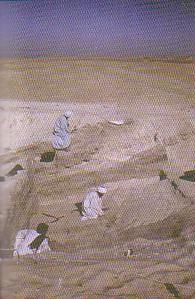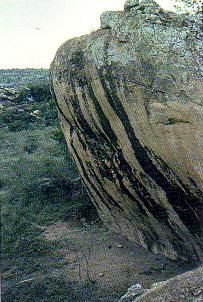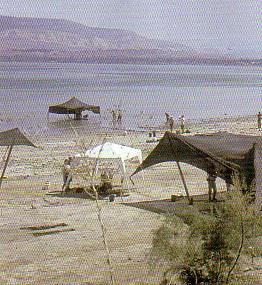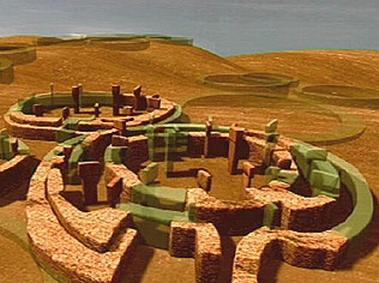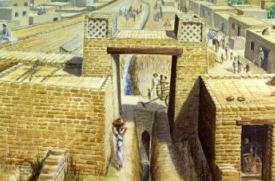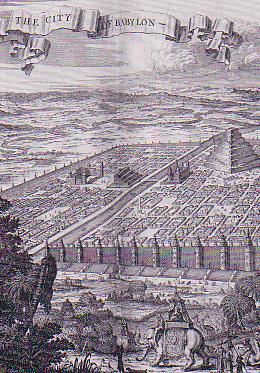Initially there were
two cultures with the skill
of writing, next door to
each other in the upper reaches
of the Persian
Gulf: Sumer, the Biblical 'land of Shin`ar' at
the confluence of the Tigris and
Euphrates rivers, and Elam, across
the marshes to the east,
between the Zagros mountains and the sea.
Each was not so much a state as a gathering
of towns and villages of
people speaking a common language. The origins of Sumerian
are quite unknown; Elamite, however, appears to be related
to Dravidian, and also linked with Brahui, still spoken by over
2 million in the west of Pakistan, and many more languages
spoken in central and southern India.
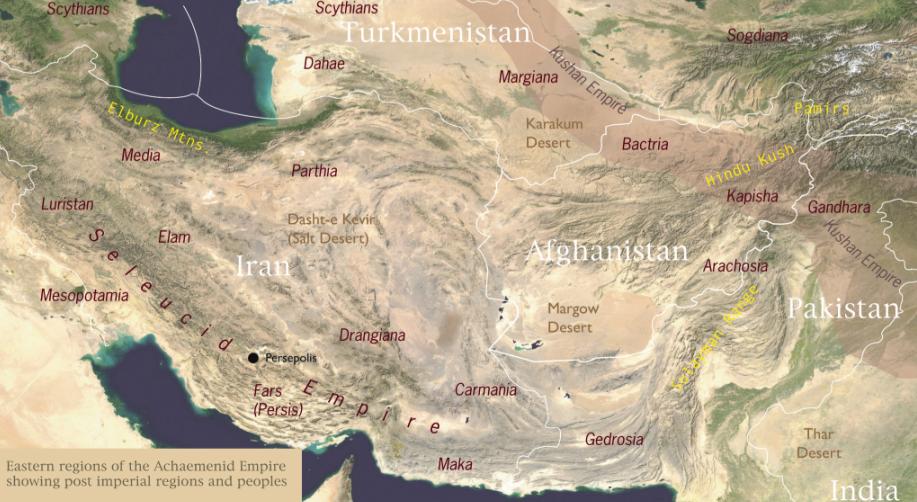
|
|
|
|
In the Beginning The combined
impact of orbital change and amplifying
mechanisms has been the see-sawing
of climate from glacial to interglacial and back every 100,000 years, often with an extraordinarily rapid switch from one
state to another. The global warming that brought the ice age
to its close created localities of abundant resource which people claimed as their own
and were prepared to fight
for, such as in the Nile valley
at 14,000 Bc, northern Australia at 6000 Bc and southern Scandinavia at 5000 BC. Click to enter:
If we have reached a point at which we
can live within Earth's carrying capacity, we can eliminate warfare in the same way we can
eliminate infectious disease: not perfectly, not immediately, but slowly and surely. Climatic
desiccation centered around 5000 years BP played a major role in the emergence
of civilizations.
The rise of Dynastic civilization in Egypt coincided with the onset of
widespread Saharan desiccation, and the northward expansion. And while Mesopotamia was experiencing fragmentation at a time of unity in early Dynastic Egypt, complex urban societies emerge in other parts of
the world in the early fifth
millennium, for example in the Indus Valley region and the
Supe Valley of Peru. But there is more.
The Archeology of
Worldwide War and Peace. |
The Earliest States The following
section grew out of the observation
that neo-evolutionists erroneously restricted comparisons to finding representative of stages of
organizations (e.g. of chiefdoms), and archaeologists justified their choice of comparisons by linking these
explicitly to the analysis of data within
a structure of archaeological theory. And although it is important
to include comparisons of developmental sequences, such investigations must include appraisals of what social changes
occurred, and most importantly understand the past on its
own terms, insofar as this
can be imagined: Truth In History:
Inventing Archeology Archaeology has often
been used in different parts of the
world to support nationalist,
colonialist, and imperialist
claims, with horrifying results. There does not seem to be
a way to exclude religion and politics from archaeology, which is after all a social science and hence political
and partial. We will start with a particularly example, the Middle East and the Holy Land, where Archaeology has been used
to serve modern political goals, including laying claims to the
land and denying the claims
and narratives of the other side. Case Study: Archeology of the Middle East Today Levantine Neandertals
and the Skhul/Qafzeh humans, Figurines in the Middle East, Mesopotamia, and the Bible as
narrative. Imperial Ideas, Critical Evaluation of Hypotheses, Concepts of Time, Mounts, Texts
and Representations. |
